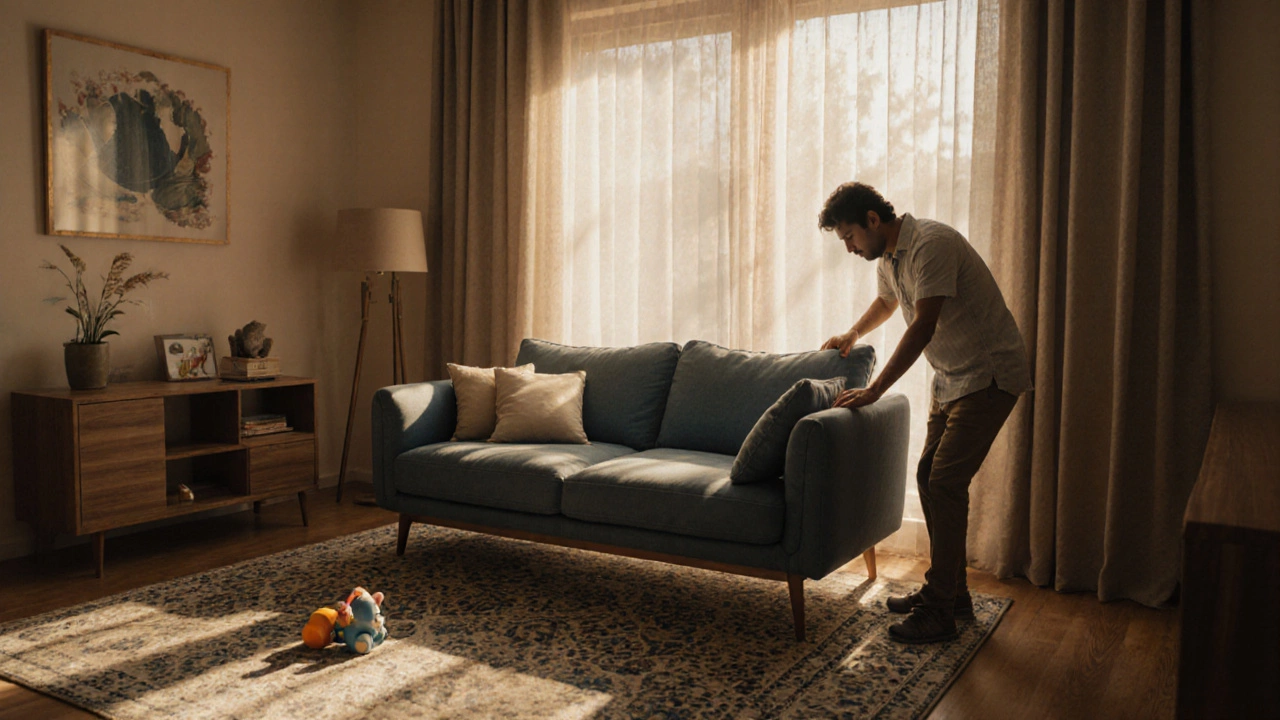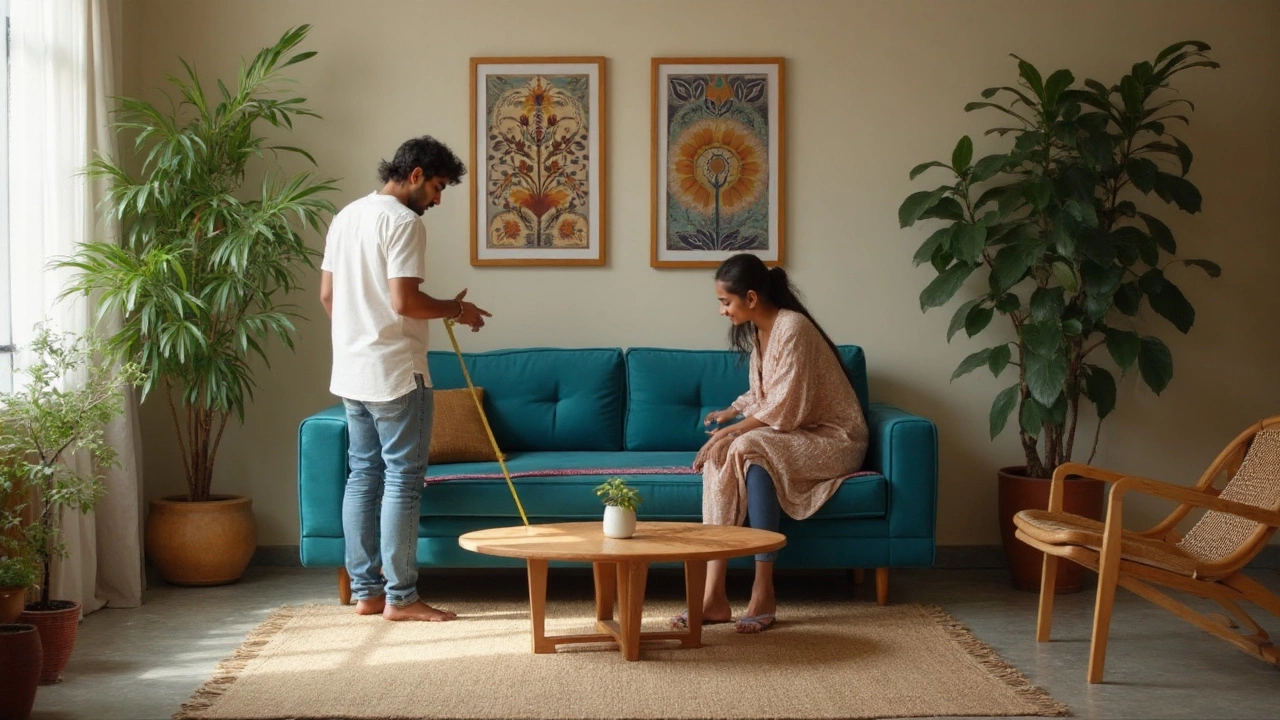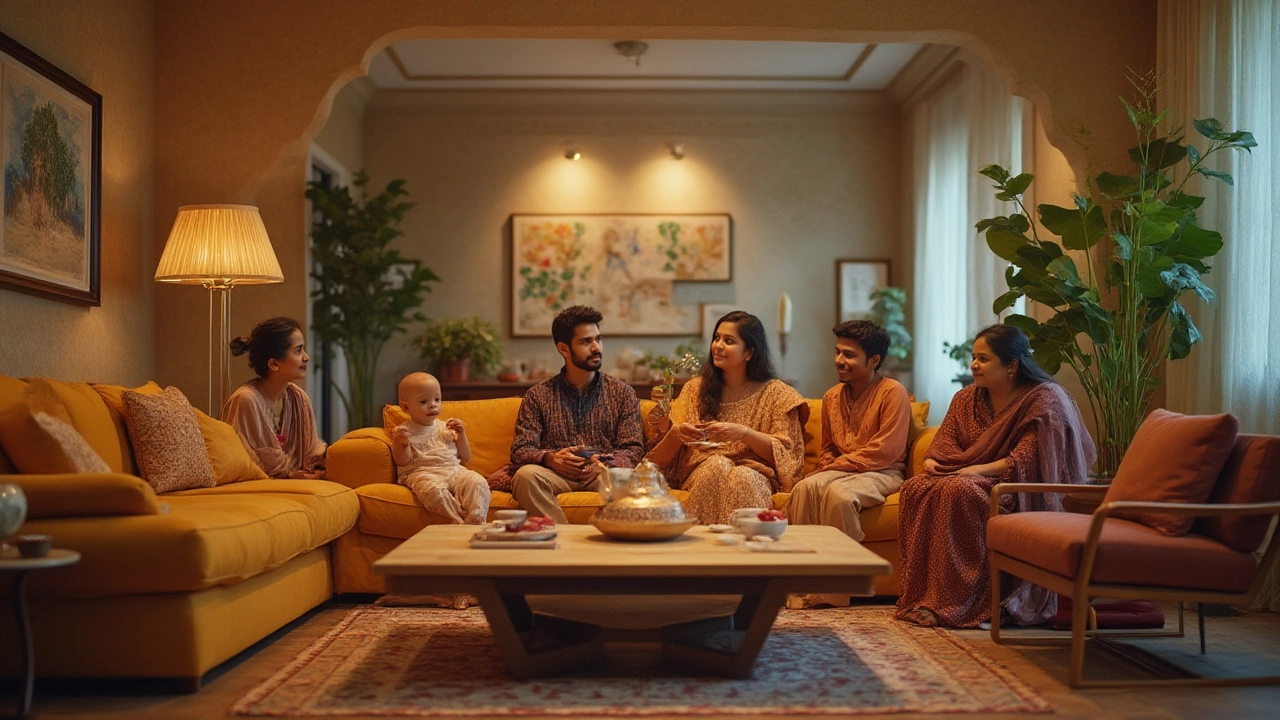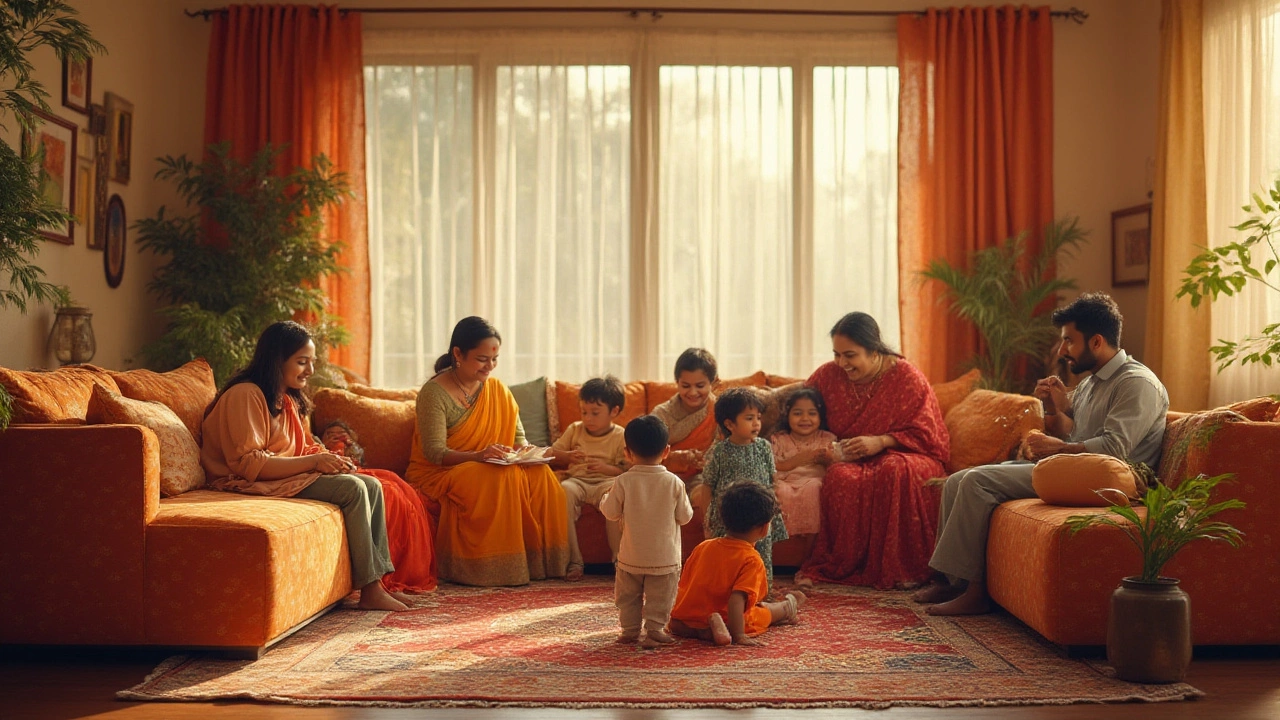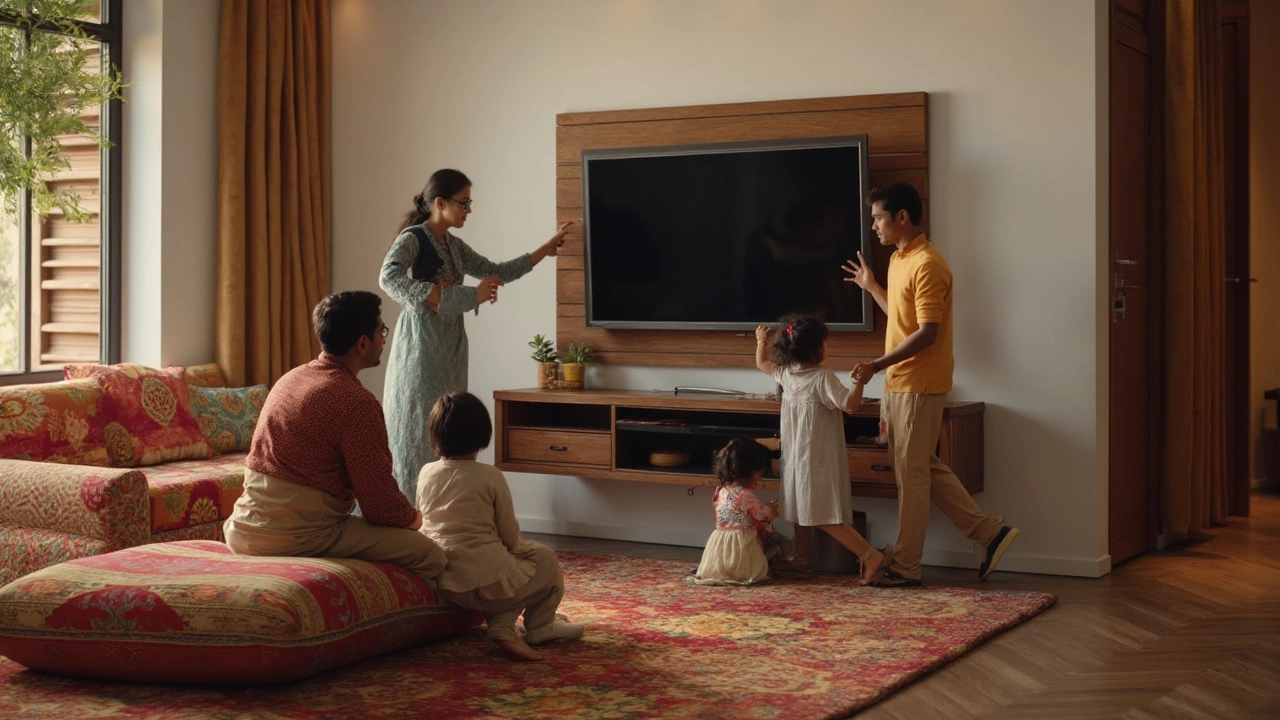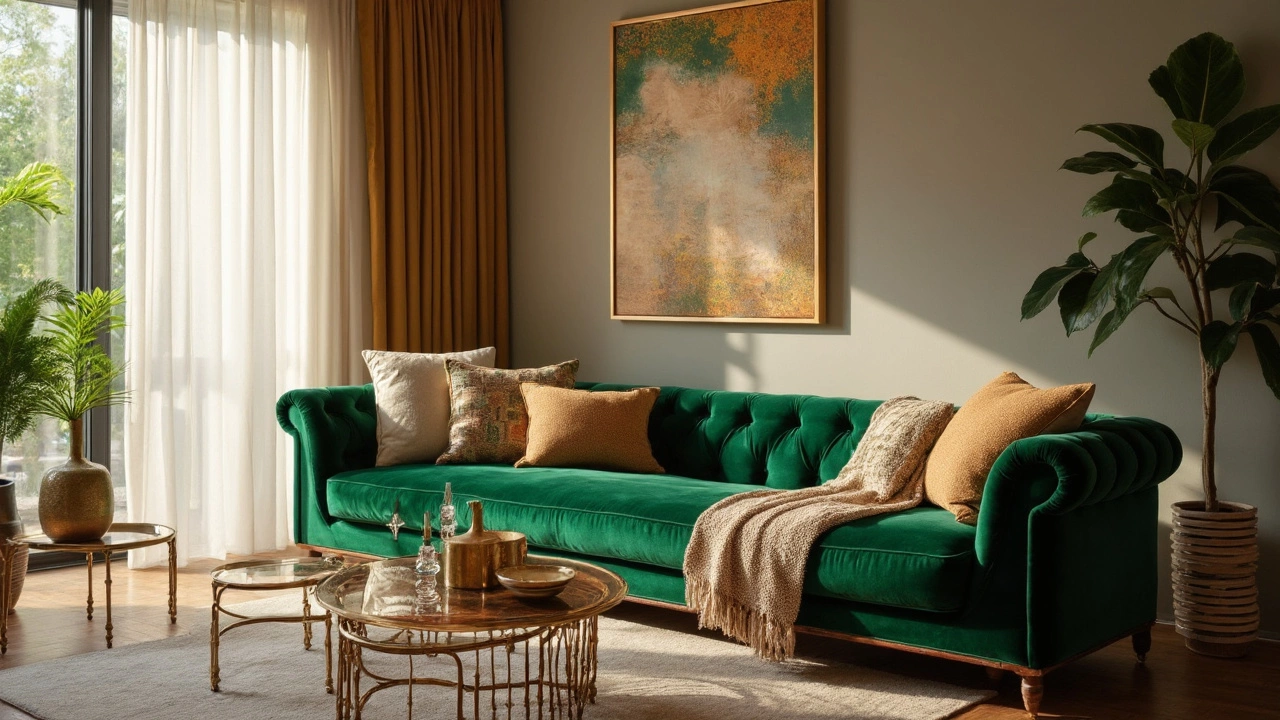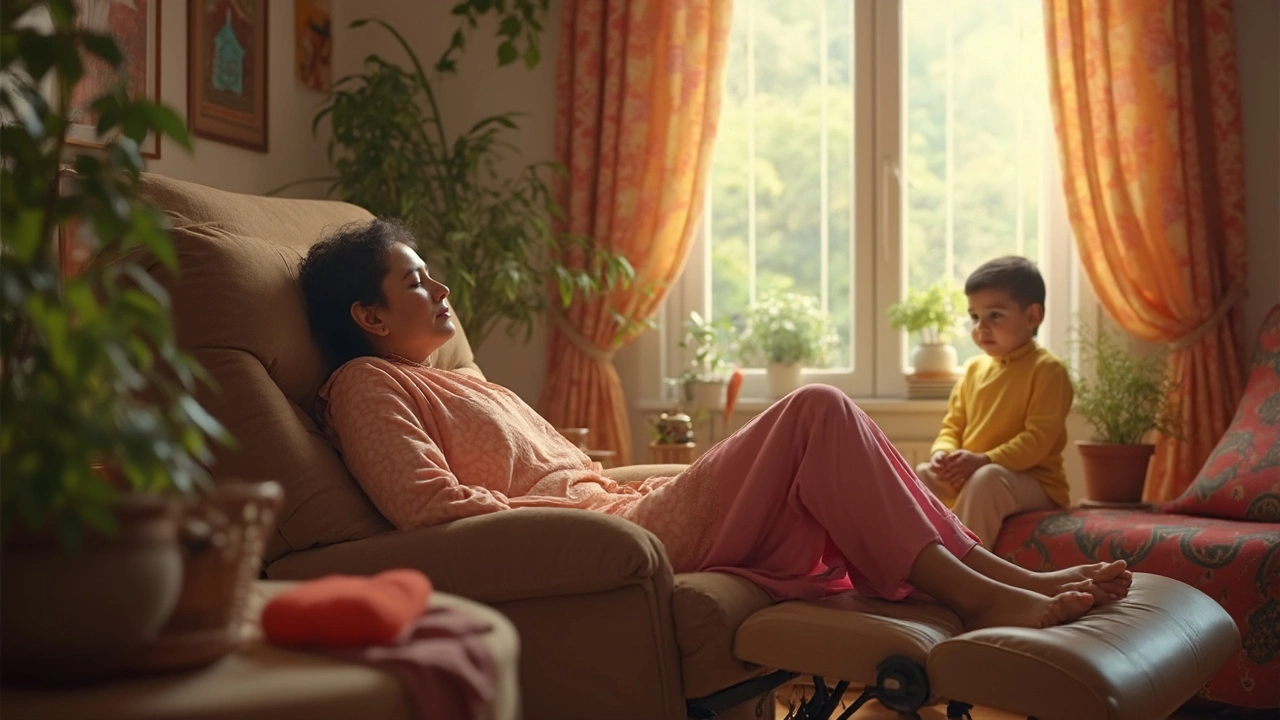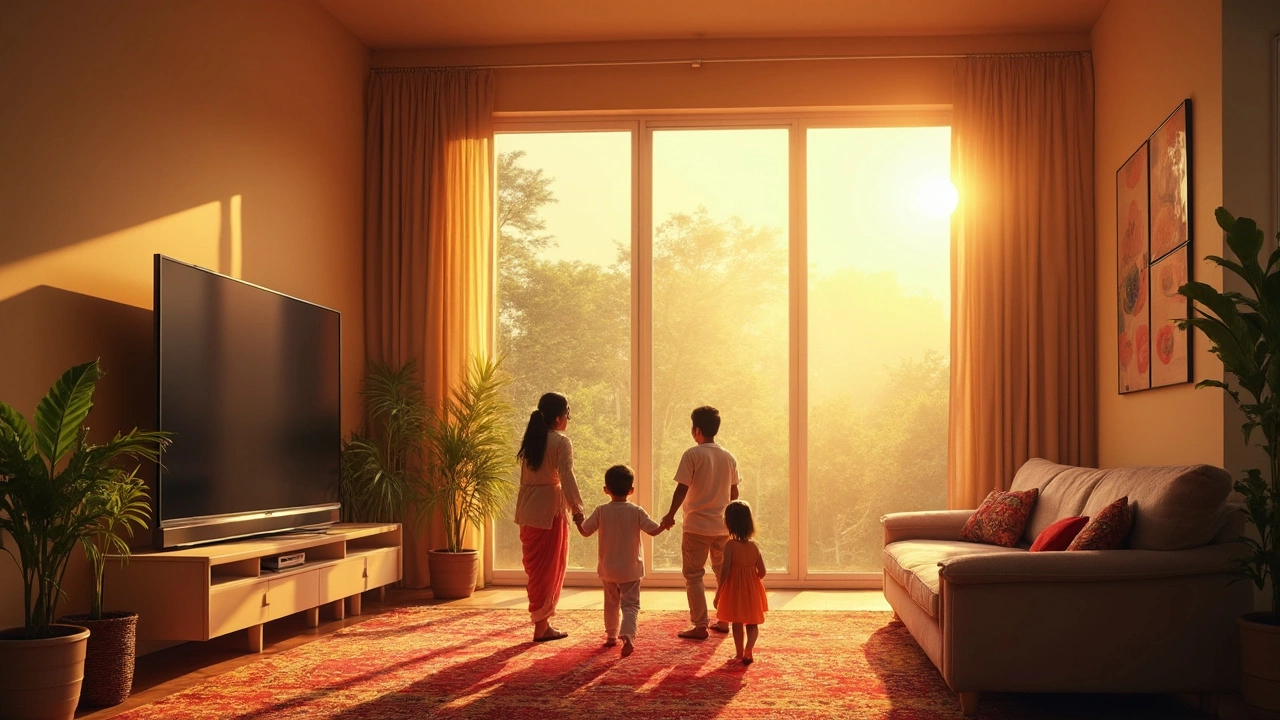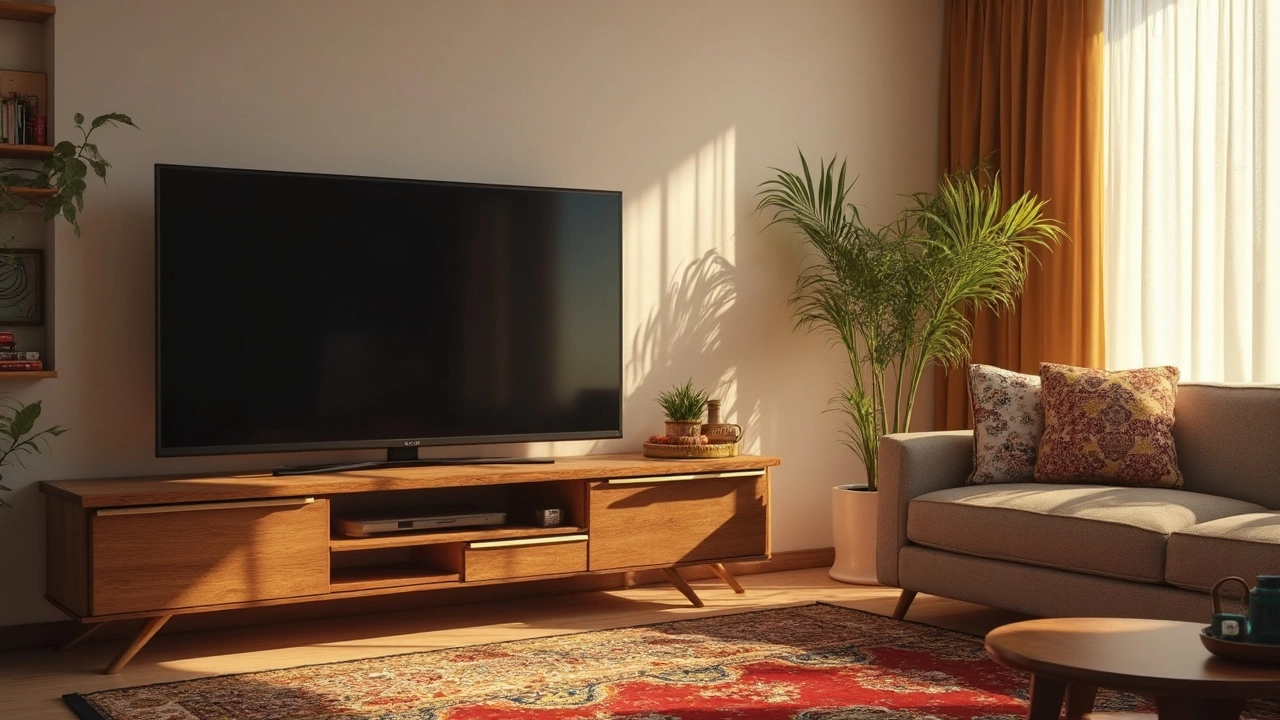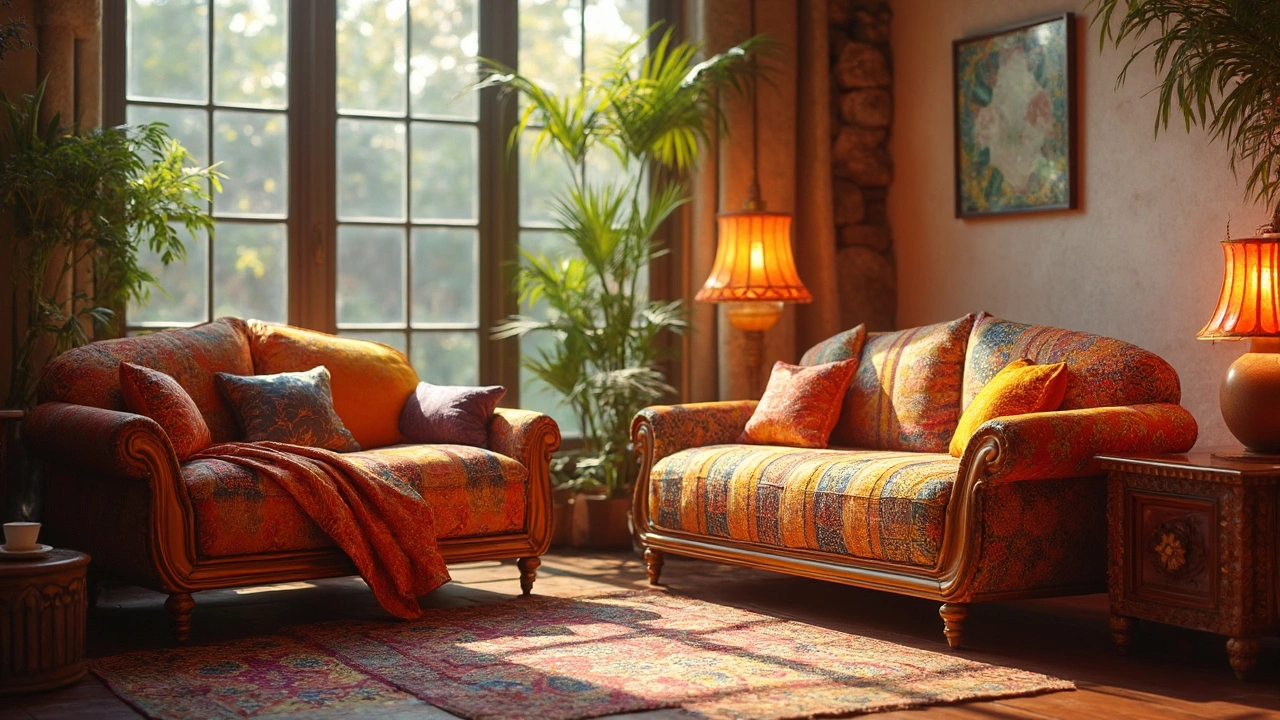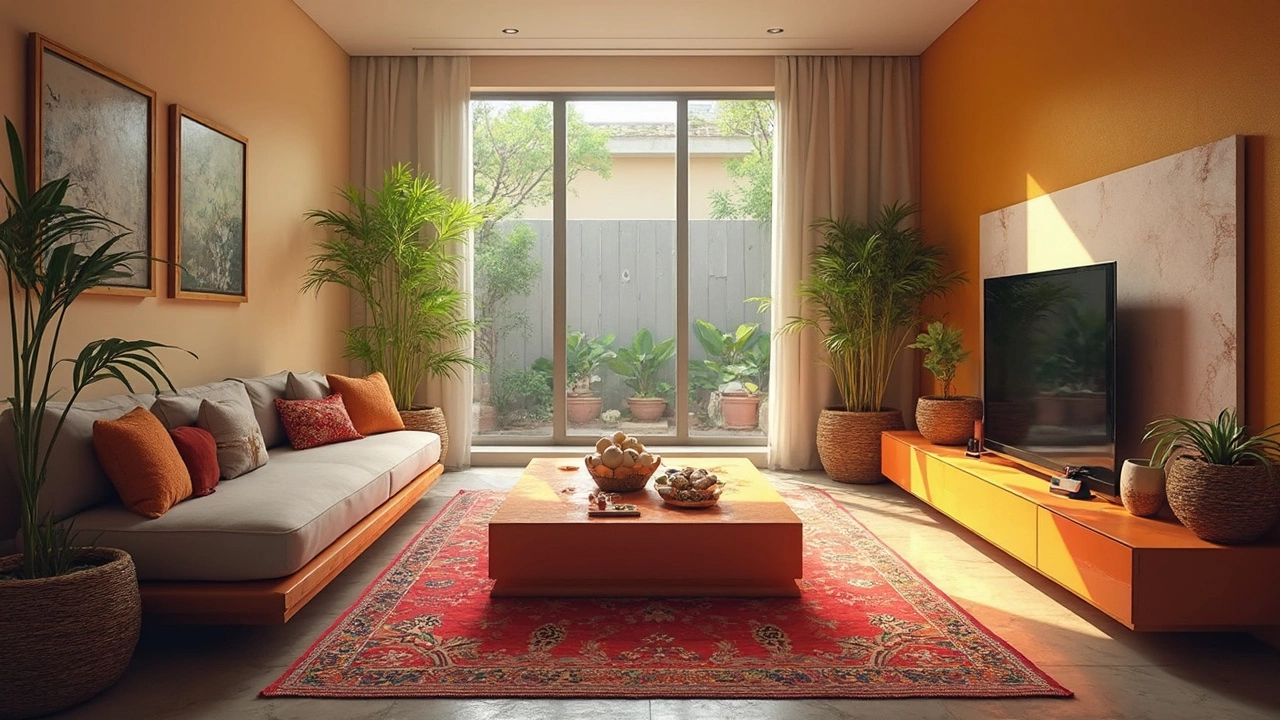Living Room Furniture: Practical Tips for Sofas, Coffee Tables & TV Stands
Putting together a living room that looks good and feels comfortable isn’t magic. It’s about a few clear choices: the right sofa size, a coffee table that fits your flow, and a TV stand that doesn’t steal the scene. Below you’ll find step‑by‑step advice you can use right now, no design degree required.
Size the Sofa First
The sofa sets the tone for the whole room, so start with its footprint. A quick rule is the 2/3 rule: the sofa should take up about two‑thirds of the main wall’s length. Measure the wall, then multiply by 0.66 – that’s the maximum sofa length you want. If your room is open‑plan, aim for a slightly shorter couch so you keep a clear pathway.
Don’t forget depth. A 35‑inch depth works for most families; deeper seats feel cozy but can block traffic. Check how much room you have between the sofa and any side tables – a 2‑foot gap feels roomy, less than a foot feels cramped.
Place the Coffee Table Right
Once the sofa is set, the coffee table follows. The sweet spot is about half the sofa’s height. If your couch is 30 inches tall, a 15‑inch coffee table feels balanced. Position it so the edge is 18‑24 inches from the sofa seat; that’s close enough for a drink but far enough to move legs comfortably.
Shape matters too. Round tables encourage flow in tight spaces, while square tables give you extra surface for books or décor. Look at your room’s traffic pattern – if you have kids or pets, a round table reduces bump‑ins.
For open‑plan areas, consider a pair of smaller tables that can be moved around. It gives you flexibility without sacrificing style.
Pick a TV Stand That Works
The TV stand should be a bit wider than the screen. For a 55‑inch TV, aim for a stand that’s at least 60 inches wide. This prevents the TV from looking perched on a narrow shelf. Height is another easy fix: the TV’s center should sit about eye level when you’re seated, usually 30‑34 inches from the floor.
Don’t place the TV opposite a large window unless you can control glare. A wall with minimal sunlight or adding curtains keeps the picture clear and protects the screen from heat.
Finally, think storage. A stand with drawers or shelves hides game consoles, remotes and cords, keeping the space tidy.
Putting these three pieces together—sofa, coffee table, and TV stand—creates a living room that looks put together and works for everyday life. Measure, test, and adjust until the flow feels natural. You’ll end up with a space that feels right the moment you walk in.
